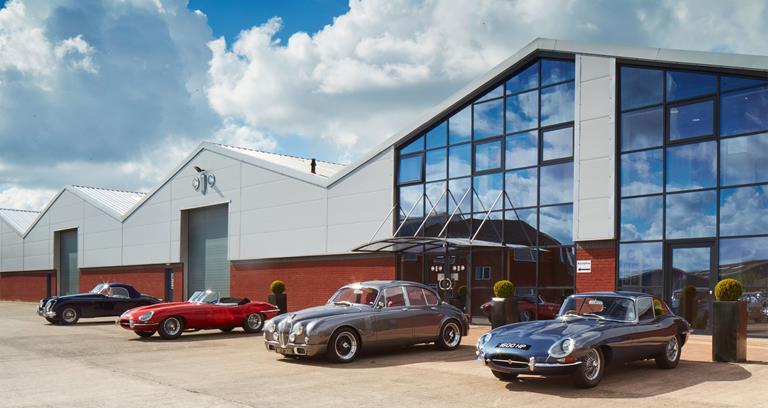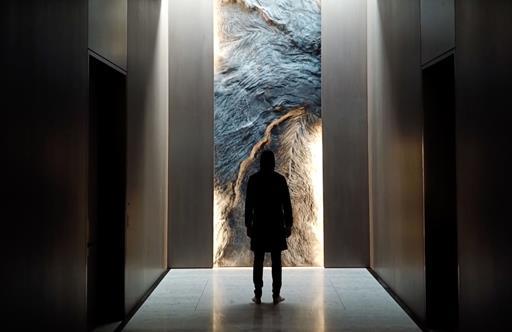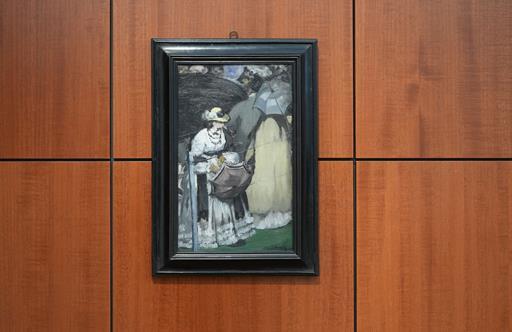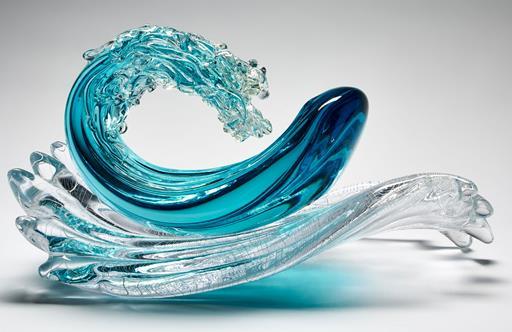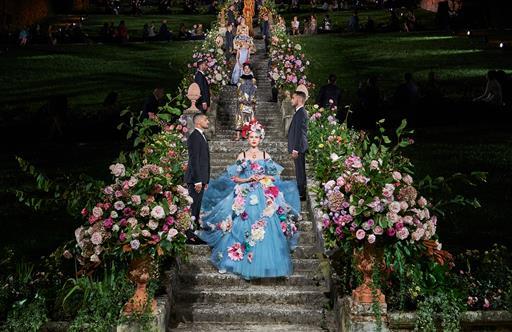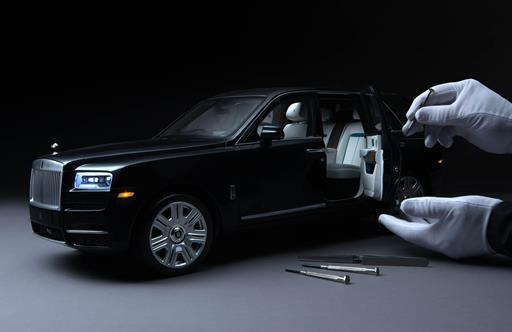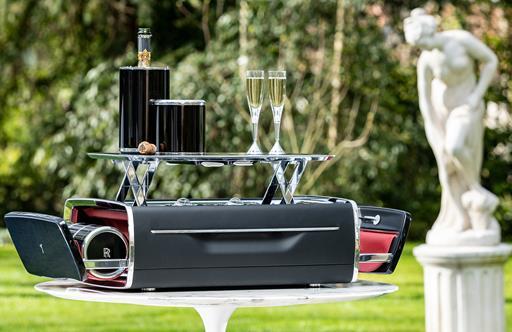Reawakening the Jaguar
How a classic car restorer is reviving an early E-Type
Classic Motor Cars of Bridgnorth in the UK specialises in bringing revered but worn-out car models back from the dead. Recently the firm announced that it would start work on reviving an early edition Jaguar E-Type – Chassis No. 875256, which was found in a decrepit state in France.
It will be a challenging and highly skilled process: Centurion Magazine spoke with CMC’s managing director Nigel Woodward to get the inside knowledge on how the Jaguar will be restored to its former glory.
What will the main challenges be when restoring the car?
Every aspect of the restoration of an E-Type requires specialist knowledge. Without this, achieving a satisfactory result would be very difficult indeed. However, from a purely technical perspective probably the most complex aspects of a restoration are the repair of the body and overhaul and rebuilding of the engine.
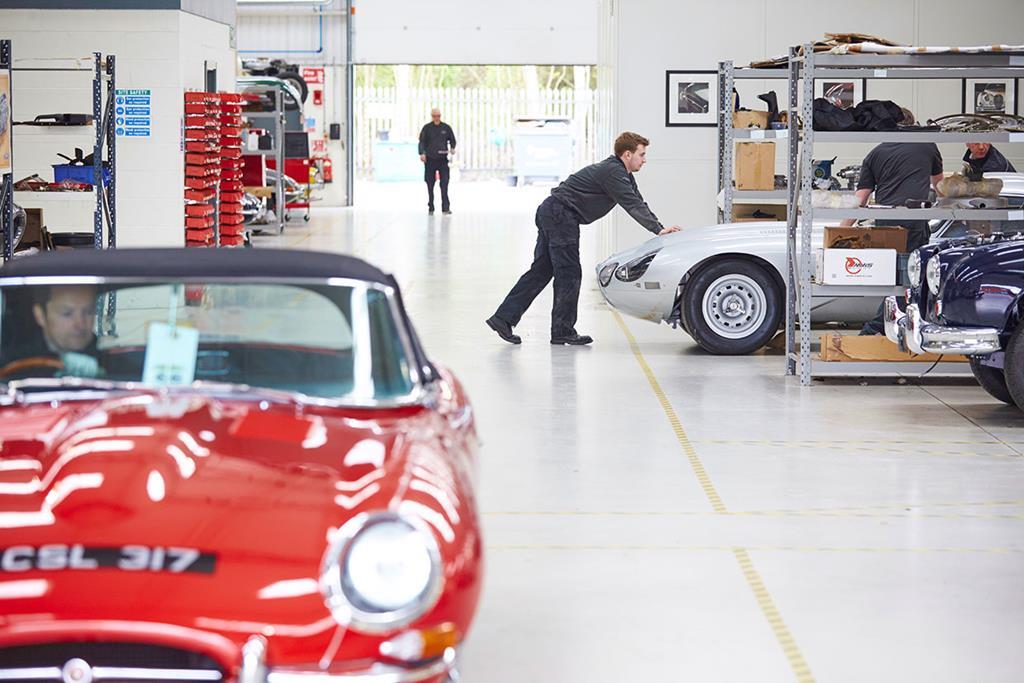
Credit: Matt Howell
A very high level of technical and specialist knowledge and equipment is required to correctly attend to these areas.
Can you go through the process from start to finish?
We begin by qualifying both the car and the customer! We need to understand every aspect of the car, from its overall condition and originality to whether it has had critical components changed during its life. This could significantly affect the car’s value.
We also need to understand exactly what the customer requires. Whilst the restoration follows a closely defined process that effectively remanufactures the car, almost regardless of its condition, there are certain things that we can build into the process such as upgrades and refinements that may be required.
For instance the customer may find the car’s steering very heavy at low speeds and want us to make the car easier to handle. In this example we would recommend fitting a modern, electric power-steering system to the car.
Once we understand all these important factors we can commence the actual work. The detail of this would stretch too many pages of technical description and overall it takes around 3,000 hours to restore the average E-Type but in brief the key stages are:
– We completely strip the vehicle down to its individual subsystems;
– The body is then sent for media blasting (smoothing) to remove all old paint and any corrosion;
– We then inspect the bare “shell” to identify the extent of any repairs required. This work could be extensive. Historic repairs and any panels perforated with corrosion are cut out completely and new panels made to replace them. The body is mounted on a specialist jig (for alignment) to allow this work to be carried out whilst ensuring critical dimensions are retained or corrected;
– The engine and transmission axles are then stripped and rebuilt using new internal components in most cases. Some very technical machining work is required to bring the cylinder block and head, for example, back to the correct specifications. Once finished the engine is then tested on a dynamometer where it is run in (fully tested) and power measurements are taken;
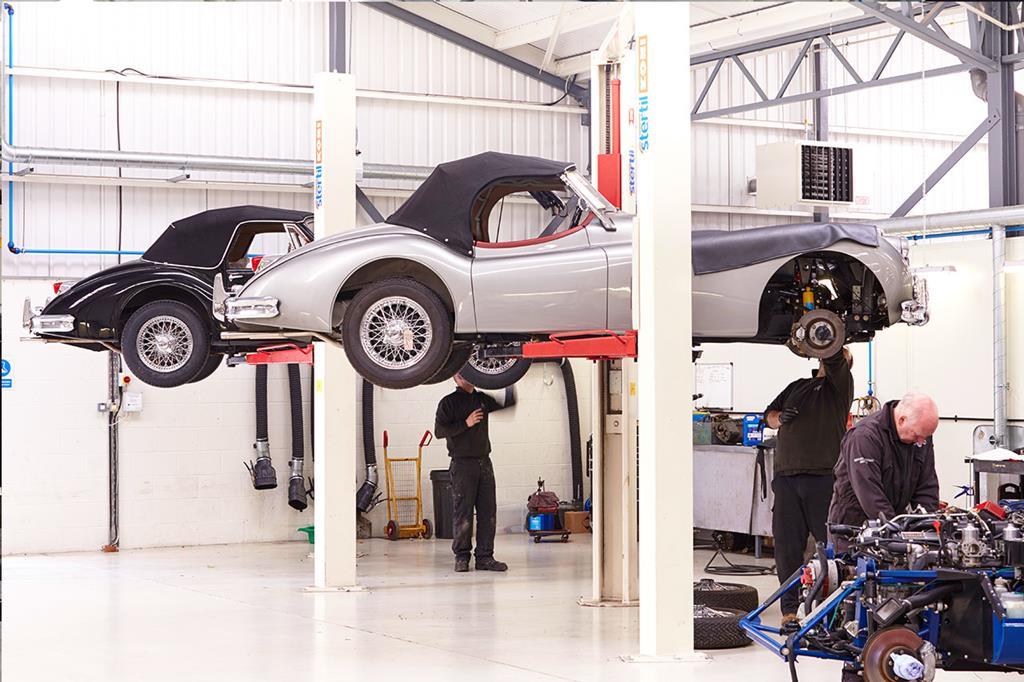
Credit: Matt Howell
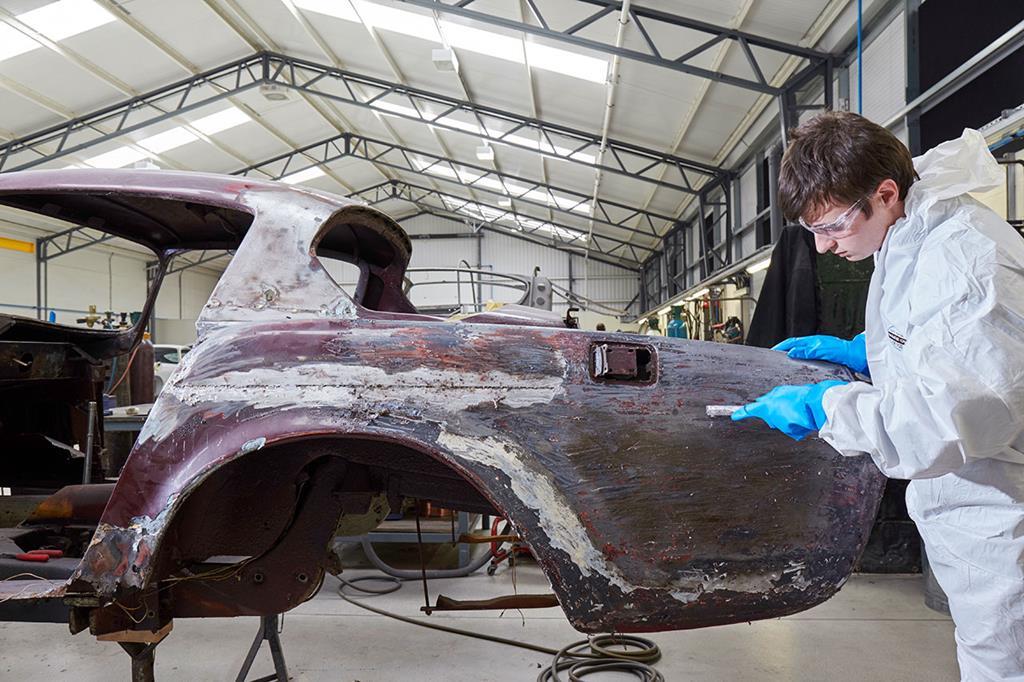
Credit: Matt Howell
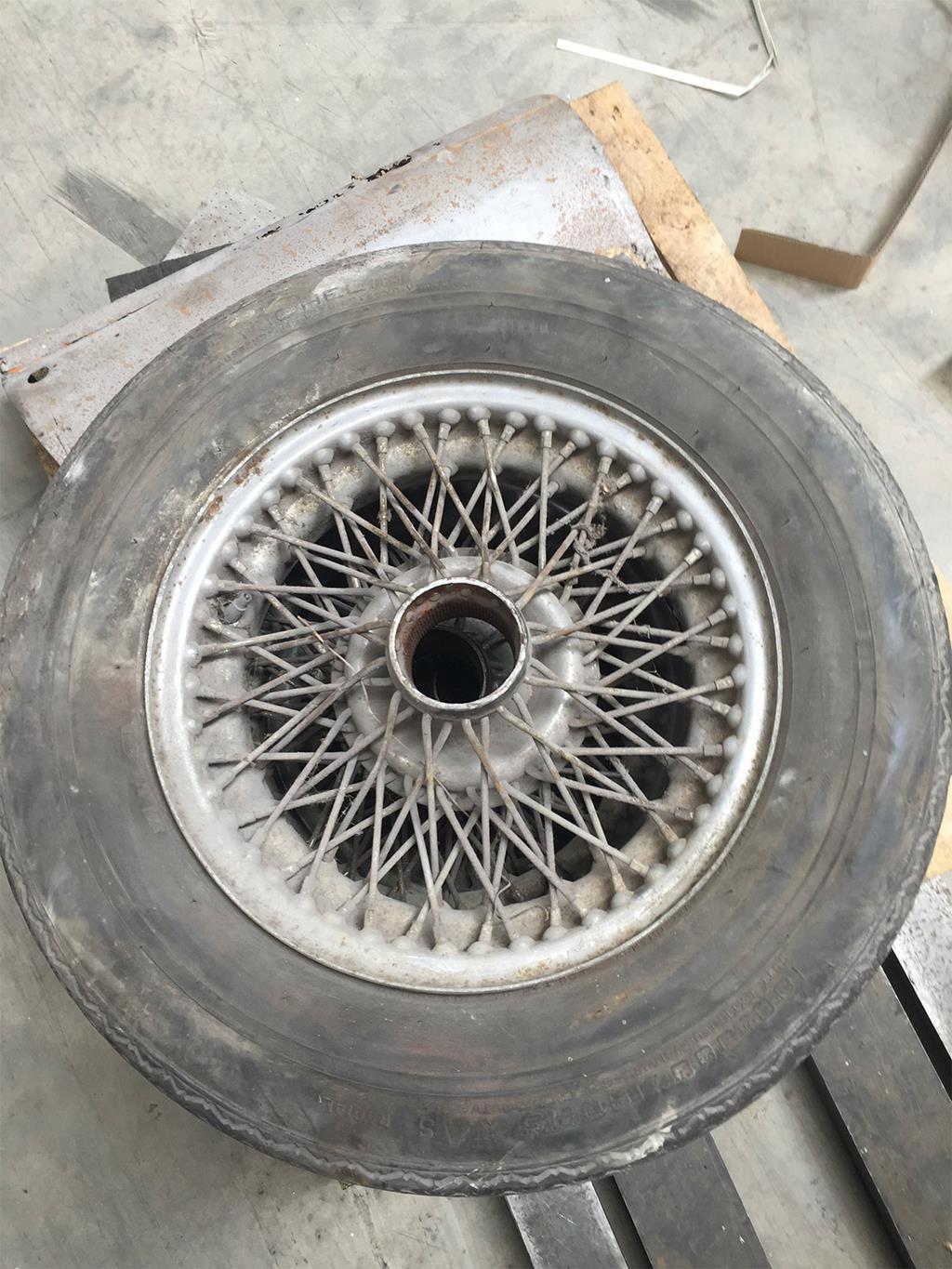
Credit: Matt Howell
– Similarly the car’s brakes and suspension are overhauled. Many items are powder-coated to improve corrosion resistance;
– Once all of the components are ready for assembly we carry out a “dry-build” of the car where we install the engine, brakes and suspension as well as all of the car’s closures, doors, boot and bonnet, and external trim to make sure that everything fits correctly and that the body gaps are all correct with the weight of the engine in the car. This is a critical process often missed by less-experienced restorers;
the last stage involves 500 miles of road testing to properly test the car and ensure it is set up to perform faultlessly for its lucky owner
– Once we are happy that everything is as it should be the body is sent to the paint shop. Here some 300 hours are spent applying and polishing the car’s paintwork by hand. The finished results are mirror-smooth;
– Finally the car is assembled. A new wiring loom and overhauled electrical components are fitted and of course the car’s all-important interior trim is re-trimmed in the finest-grade leather to be as beautiful as the day it first left the factory; the last stage involves 500 miles of road testing to properly test the car and ensure it is set up to perform faultlessly for its lucky owner.
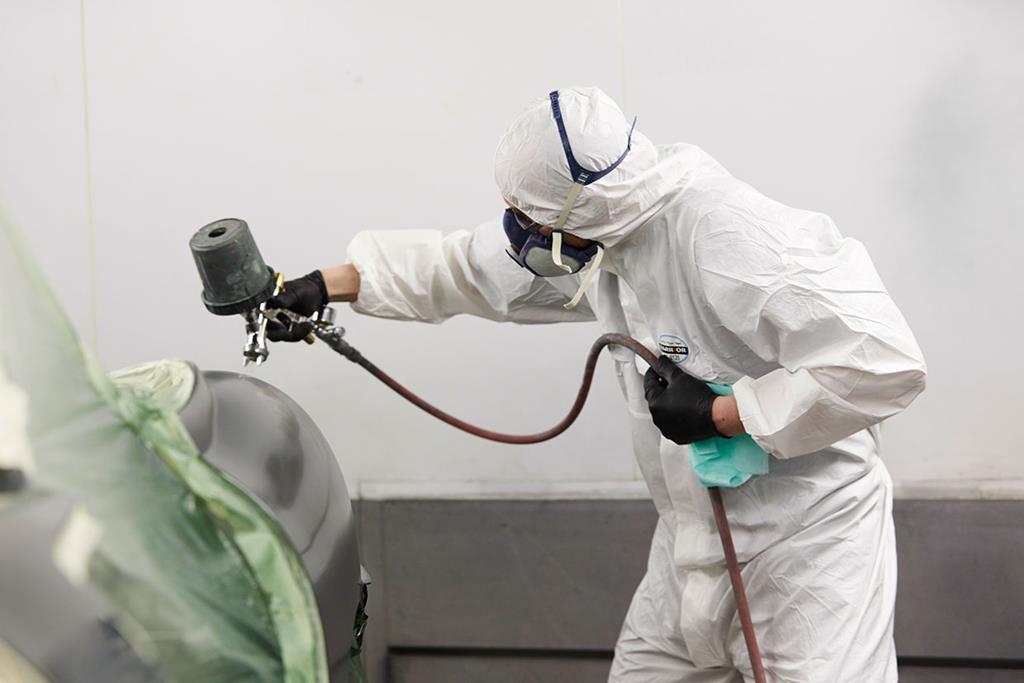
Credit: Matt Howell
What sort of training do your technicians need to be able to work on a project such as this? How many people could do such a restoration?
Much of the training is built up during years of working within the classic car industry.
As far as the number of people involved in each project, this would be around 10 to 12 personnel looking after the planning, parts supply, mechanical repairs, electrical systems, panel work, paint and trim.
How close to the original design/look of the car do you think you can get?
It will be a challenging project but all the factory parts are there and our skilled fabricators and technicians will do all they can to save as much of the original car as possible. It will roll out of our workshops just like it left Jaguar’s factory in Browns Lane, Coventry (England) in 1961.
Can you think of a similar challenge from the past?
In 2016, CMC completed the restoration Jaguar E-Type Chassis No. 15. This was the 15th right-hand drive, fixed-head coupe E-Type to leave Jaguar’s production line in 1961 and the press car that turned heads at the Scottish Motor Show that year; it was also found in France in a very sorry state and took 2,956 hours to restore.
The owner of this Chassis No. 15 recently entered the car into the Salon Privé Concours d’Elegance, the UK’s oldest and most exclusive classic car concours, where it won the Best of British class and competed against some very interesting cars from Europe and the USA, including a stunning Aston Martin DB5 and an unusual DB6.
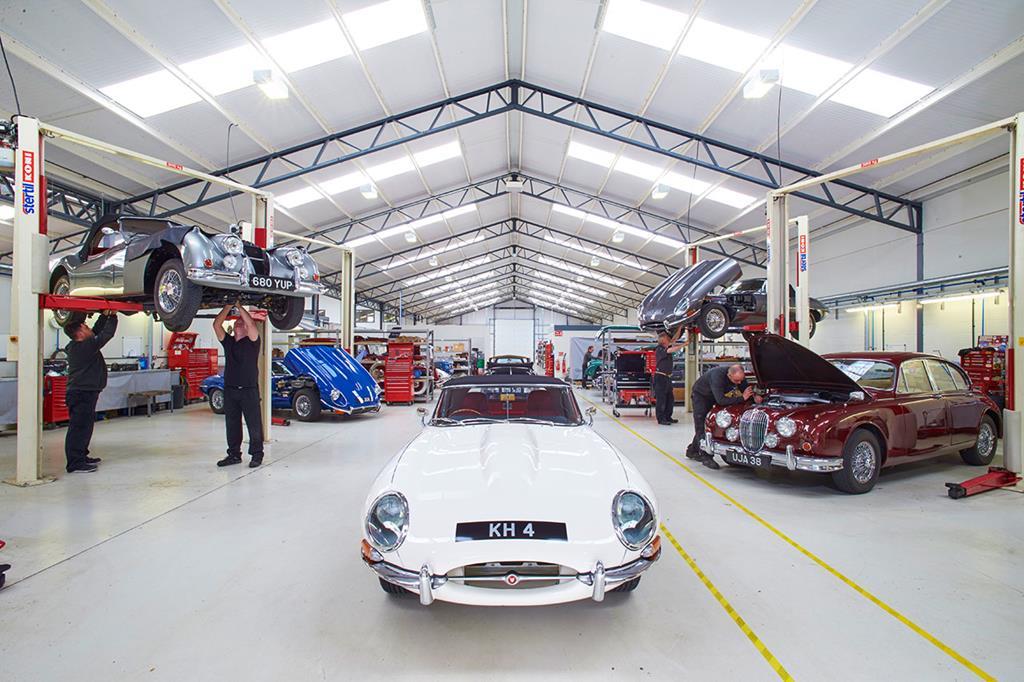
Credit: Matt Howell
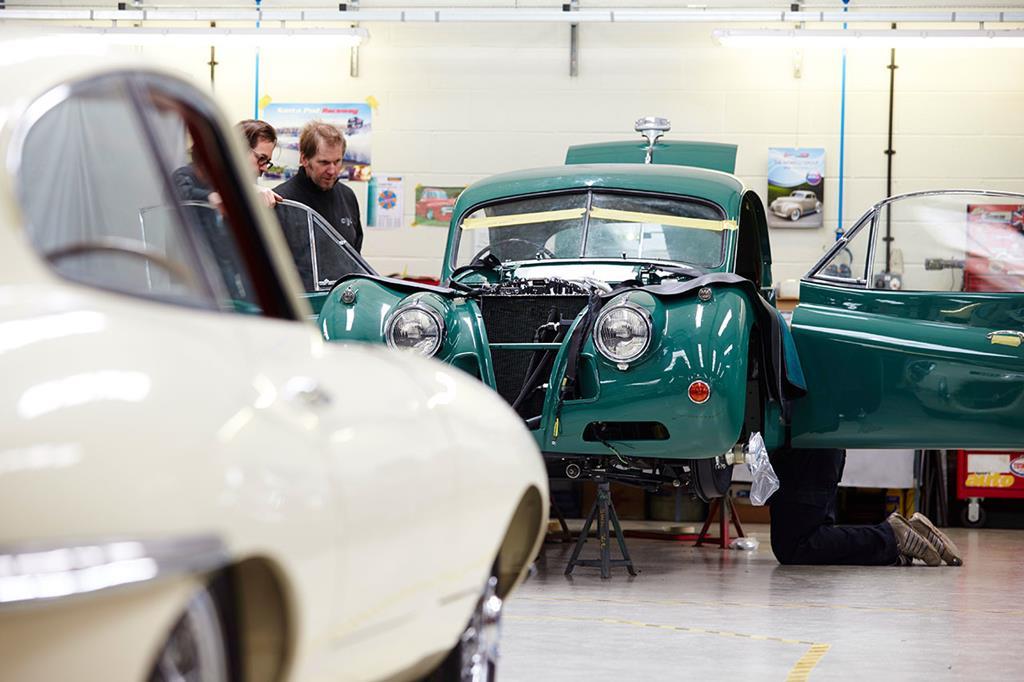
Credit: Matt Howell
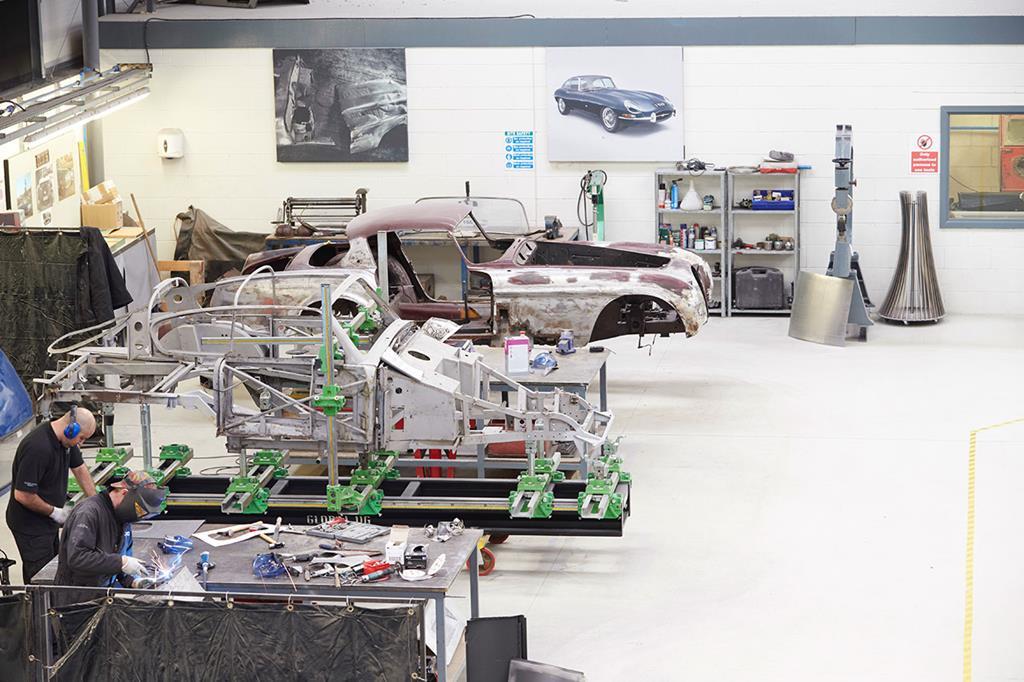
Credit: Matt Howell
Which achievement are you most proud of?
More recently, CMC unveiled at the Pebble Beach Concours d’Elegance in California, a very rare one-off Jaguar XK120 SE that features unique bodywork by famed Italian coachbuilder and design house Pininfarina.
It took our fabricators and technicians 6,725 hours to restore the car. Some of the original parts were missing, the original paint colour was almost untraceable and many other elements made this restoration a true challenge, but with the skills, dedication and attention to detail present in our business, we were able to bring this historic car back to its former glory.
It was very well received by the crowd of collectors and aficionados at Pebble Beach and finished second at the concours in class O-2 Postwar Closed.
It is not all just about the thrill of driving these wonderful machines, it is also about the excitement of finding the right car, following the restoration process and seeing it come back to life.
Visit classic-motor-cars.co.uk
